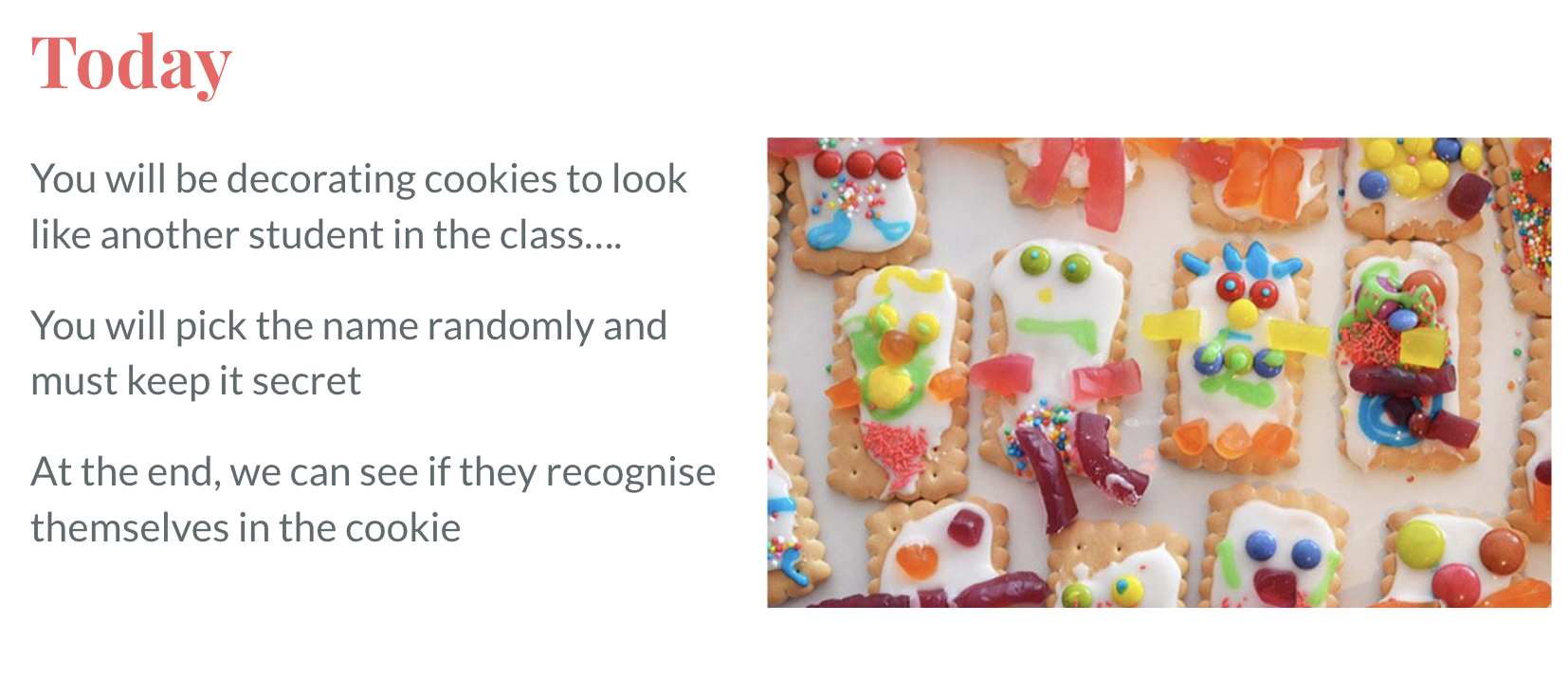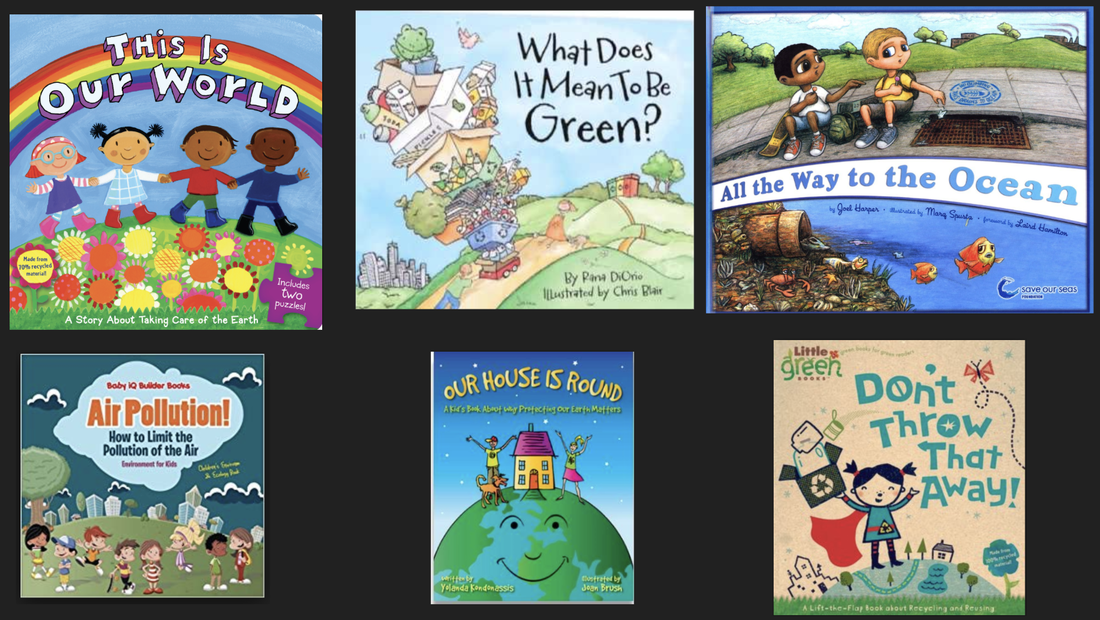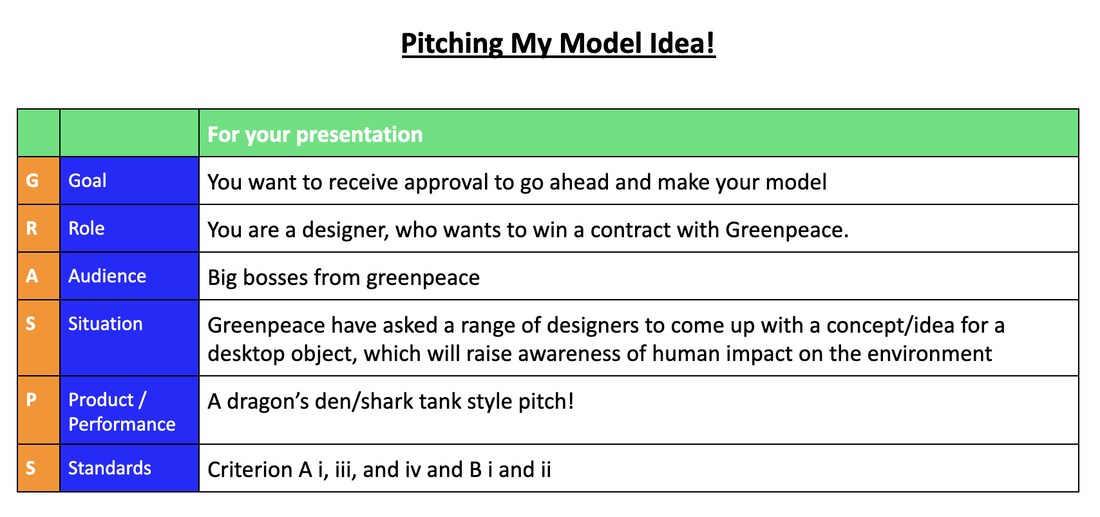|
I was talking to my husband about the end-of-the-year and asking for suggestions for fun activities. He reminded me of a cookie activity he did, at his graphic design studio, a few years back...
...I've been doing my "How It's Made" activity with all my classes, (two grade 6, two grade 7 and one grade 8), but decided to put a twist on it for my grade 8 students. This is because they have had a long of long-projects, requiring difficult technical skills...and because I won't teach them next year. We watched a couple of the videos, for the shuttlecock, safety googles, then I introduced a new one, showing how chocolate biscuits/cookies are made in a factory in the UK....After this I showed them a video of one person making a Drake Cookie..... They didn't quite see the theme yet, and just as I was about to announce the activity, they asked to watch a "How to make a Dutch syrup waffle: a 'Stroopwafel"
After this I told them they would decorating cookies to look like another student in the class....
Before I sent them off to wash their hands, (while I set up the table, with supplies), we watched the video about the Marshmallow test. I reminded them, not to eat their art supplies before the cookie is made. I also explained to them how I use this video with younger students to talk about online distractions like gaming.
Below are the results form their cookies. this was so much fun. They had limited supplies, so could only make them look so good....but I was impressed with the different ideas, range and thought this was an excellent bonding experience. I actually gave them two cookies each, so they could also do a self portrait, but some also made cookie portraits of me.
Here's me - the hair is pretty accurate!
A short write up of a grade 6 interdisciplinary unit between English/German Language a& Literature and Design. The drive behind this unit was looking at the ethics with creatives raising awareness of human impact on the environment, compared to scientists.
Below you can see the statement of inquiry, and inquiry questions. You might see that the debatable was not written strictly as a debatable questions, but I had students pick apart from the question to turn it into debates. The question was "why do we we do things that we know damage the environment?". Students discussed roles/responsibilities - who is the 'we' in that situation, and they also debated the use of the word 'know' - to what extent do we actually know how much damage we are doing? Also we were able to talk about what drives us to make change, through looking at convenience and cost.
The unit in design was longer, with language and literature jumping on at the end.
We started off by looking at the painting Manifest Destiny, by Alexis Rockman, and debating the different between propaganda and persuasion (something I have blogged about before here). We then looked again at the UN Global Goals and then explored a range of campaigns to show human impact on the environment. Here's some of what we looked at:
One of the first assessment in design, was a pitch to the class. They had to say what their issues was (deforestation, ocean plastic, etc), why it is a big problem, what they want to do about it, and they had to show several designs. They also showed how other creatives raised awareness of their chosen issue. This helped me cover Criterion A and B in Design. Students took this very seriously, and did formal pitches, introducing themselves as designers, thanking the audience for their time and more! Task Sheet Here.
After they had feedback, students developed their ideas, then made their final models. Students were able to work in pairs or individually to produce their models. Over all I was super impressed with their work, especially how passionate and articulate their were about the issue. Next year we do this unit again, but will bring all of the language acquisition teams on board too. We will also invite parents in to see the exhibition.
Students produced accompanying Op-Ed pieces and poems in their Lang & Lit classes too. Here are some photos showing the process, and of the finished models:
And here is the presentation I used at the front of the room....
I really enjoyed this unit. I loved working with my Lang & Lit colleagues. We even has one ESL group join in with some language acquisition work at the end. I am excited to see how this unit grows next year - I also visited the Grade 5 exhibition, and saw many had chosen topics about the environment, so know they are going to be engaged and produce excellent work!
Feel free to ask me any questions. On Friday my Grade 9 students submitted their Personal Project proposals. Most have been approved already, with a few needing a couple of tweaks. This week I will be busy matching supervisors, (with input from the learning support team, ESL teachers, MYP Coordinator and school psychologist, as well as teachers signing up to topics they are interested in).
I had never done a formal proposal form before - it is something I have inherited from our wonderful MYP Coordinator - and I have no idea why this was something I did not include previously. I've updated our proposal form, to make it quite challenging. Some of the changes and reasons are:
Lastly - in a couple of days they will find out who their supervisor is. They will set up a pre-summer meeting, to decide on steps to take over the summer....BUT when they send the email, they will send a copy of the proposal. This means supervisor will already have a good understanding of the project! I will get students to add some 'to do' items on ManageBac, agree or expectations with supervisor , and they will discuss any approaches to learning that the student feels they will need support with, (for example, time-management issues, like procrastination). As always, feel free to use my resources, (but give my credit).
It's the end of the school year, reports are written, units are finished and students are itching to go on summer vacation. This means I have been giving students a lot of choice, and doing one off lessons, including digital citizenship sessions, from Common Sense Media, and game making with Ready Maker. I've also had a few students test out typing.com. This site is free, and gives me lots of data on my students keyboarding skills. I can also set activities, (so can give them interesting articles to re-type, or the IB mission/Learner Profile). The students are really enjoying typing.com and a number of students are asking to do more of it! We plan to bring in some keyboarding activities in advisory next year, as some of grade 10s said they found typing a challenge in their e-assessments, (mostly not being able to type as fast as they think).
I usually start off my classes my having students look at a mystery object and guess what it is. Students are rewarded for coming up with interesting ideas, asking questions and explaining their reasoning. This is very popular and students look forward to this. I thought about spending a lesson doing this, at the end of the year, but I decided to change it up. Instead I will have students guess how common objects are made. After they guess each item, we will watch a short video from 'How It's Made'. I will have students work in small groups to come up with ideas, which we will share out to the class, before watching the videos.
I've included gummy bears, mascara, Lego bricks, safety goggles, shuttlecocks and paintballs. We will then look through the channel and pick out some extra videos to watch. Feel free to use the presentation or make your own copy (click 'File' then 'Make a Copy').
This did not take much time to make at all, is a very simple idea, but I believe it will have excellent results and most importantly, my students will have fun!
|
Archives
June 2023
|











 RSS Feed
RSS Feed